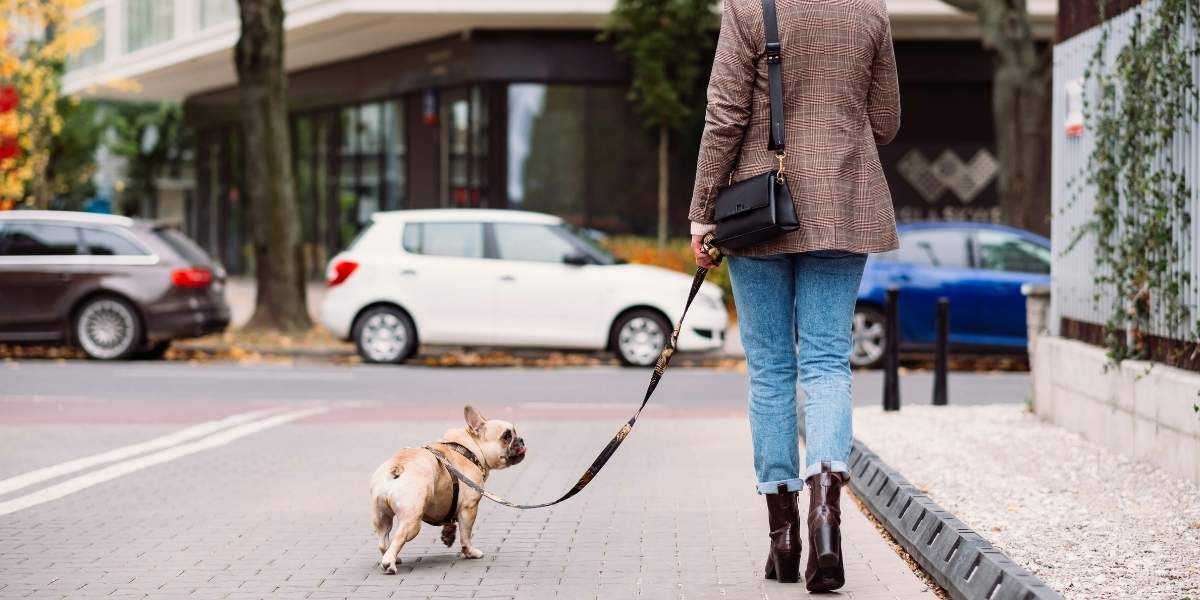A pet-friendly town isn’t just about having a few dog parks scattered around. It’s about creating an environment where pets are not only accepted but comfortably integrated into everyday life. Towns that embrace this concept usually provide access to open green spaces, walking trails, pet-welcome restaurants, and housing options that allow animals. Sidewalks are wider, trash bins include bag dispensers for pet waste, and community events often include or accommodate animals. This kind of infrastructure helps create a setting where both pets and people feel more at home.
Read also: Creating Bird-Friendly Homes: Simple Tips for Welcoming Feathered Visitors
Why Are More People Prioritizing Pets in Housing Choices?

Pets have become more central to American households than ever before. Surveys consistently show that a majority of pet owners consider their animals to be family members. That shift in attitude is shaping housing preferences. Renters and buyers are increasingly filtering options based on pet-friendliness. Apartments and homes that offer dog runs, fenced yards, and pet-washing stations are more attractive to this growing segment of the population. In fact, developers are noticing that pet-related amenities are no longer just bonuses, they’re expected.
It’s also becoming harder to ignore the practical challenges that come with pet ownership in restrictive areas. In towns with strict pet policies or limited outdoor access, daily routines are more stressful. Pets need exercise, mental stimulation, and socialization. A lack of suitable spaces can lead to behavioral issues in animals and added frustration for owners. These pressures are pushing people to seek out communities that are more accommodating, even if that means relocating.
How Do Pet-Friendly Towns Influence Community Life?
Towns that are welcoming to pets often end up being more welcoming to people too. When parks are designed to include both pet and non-pet zones, they encourage more foot traffic and interaction. Residents are more likely to bump into one another, start conversations, and build connections. Pets can serve as social icebreakers, especially in dog parks, walking trails, or pet-friendly cafes.
The presence of pets also tends to encourage more outdoor activity. Daily walks, visits to the park, or attending community events where animals are invited all promote a more active lifestyle. This shift benefits public health across the board. Increased movement leads to better cardiovascular fitness, reduced stress levels, and even decreased loneliness. People living in these towns often report higher levels of satisfaction with their environment.
What Role Does Local Business Play in Supporting Pet-Friendly Living?
Local businesses are a key part of the equation. In towns that embrace pet-friendly policies, shops and restaurants often follow suit. Some allow pets indoors, while others create patio spaces where animals are welcome. Groomers, trainers, and pet supply stores become part of the town’s rhythm rather than standalone services. Veterinary clinics may expand hours or offer wellness plans that appeal to proactive pet owners.
There’s also a financial benefit to towns that adopt this approach. Pet owners tend to spend more money locally when the environment is supportive. That includes not just pet-related spending, but everything from coffee runs during a morning walk to spontaneous shopping trips made easier by pet-accommodating spaces. This cycle can help local economies stay vibrant, especially in small to mid-sized towns looking to differentiate themselves.
Read also: Why More Southern Women Are Choosing A Child-Free Lifestyle
Why Are Employers and Developers Following This Trend?

As more people expect pet-friendly living, the expectation extends beyond residential spaces. Employers in certain industries have started to adjust their office culture accordingly. Some workplaces allow pets on-site, while others offer flexible schedules to accommodate pet care. This kind of shift isn’t just about perks, it’s tied to employee satisfaction and retention. Workers are more likely to stay in jobs that align with their home life priorities.
Developers are also paying close attention. New construction projects increasingly include features that reflect a pet-first mindset. That might mean leash-free zones in apartment complexes, dedicated pet parks, or even pet concierge services. Mixed-use developments are starting to treat pet amenities with the same importance as fitness centers or clubhouses.
This trend isn’t isolated to urban hubs, either. Suburban and rural areas are catching on, recognizing that pet-friendliness can be a draw for families, singles, and retirees alike. When a town commits to accommodating animals in public and private spaces, it often becomes more attractive across multiple demographics.







